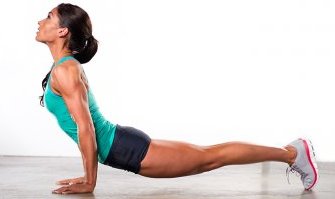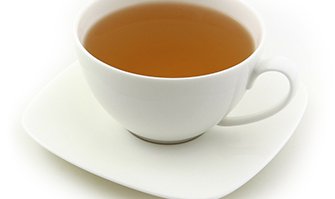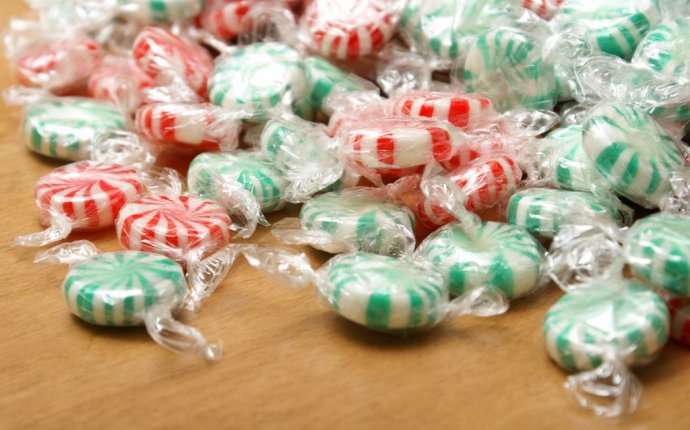
Best weight loss tips 2015
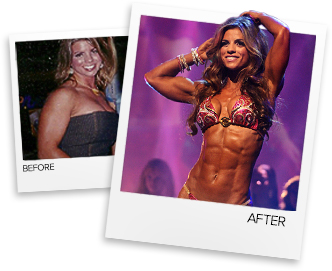 Here are a few more swap suggestions:
Here are a few more swap suggestions:
- Trash sugary sauces for low-sodium hot sauces.
- Use Greek yogurt as a base for dips and dressings instead of mayonnaise.
- Switch over to using naturally low-fat cheeses like feta, ricotta, and mozzarella.
- Don't forget to check labels! Oftentimes items marked as "low-fat" actually contain higher amounts of sugar.
Take Progress Photos
You've likely taken many selfies before, so progress pictures are no time to be shy. "Take starting point pictures of yourself in a swimsuit from the front, side, and rear—no filters or crafty lighting allowed!" recommends trainer and fitness pro Jen Jewell. Remember, you don't have to share these pictures with the world, but they are good to have for your own personal reference.
"After that first set, take progress pictures every week or two moving forward. Photos are hugely motivating when it comes to fat loss, " Jewell says. "Sometimes, they're also the wake-up call that you may have needed in order to get more serious about your fitness."
That's been the case for many of Jewell's clients who tell her they had no idea how off track they'd gotten until they took a hard look at their pictures. Do this now, and you'll be thankful later.
Track Your Meals
If you want optimal success, it's time to get serious about a food journal. "No, you don't have to write down what you eat every day for the rest of your life, but if you want to hold yourself accountable and stick to healthier food options, keeping track can really help, " Jewell explains.
People often grab a snack here and there and have no idea how much it's adding up. In time, those occasional nibbles could actually prevent you from seeing the results you're after. "I had one client who complained she was working so hard in the gym and eating healthy, but not seeing results, " Jewell says. "It was only when I had her write down everything she ate for a week that she discovered she was eating her kid's snack leftovers and consuming loads of excess sugar daily. That's when it really clicked."
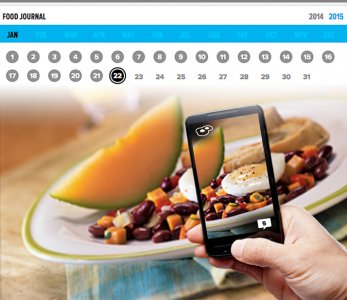 If you want optimal success, it's time to get serious about a food journal.
If you want optimal success, it's time to get serious about a food journal.
A study published in the "American Journal of Preventative Medicine" found that individuals who kept food records six days per week lost almost twice as much weight compared to those who kept food records one day per week or less.1 Accountability and awareness of where the calories are coming from are key.
A food journal, or an app like MyFitnessPal, will not only help you spot weaknesses in your daily intake, but also help you keep a record of what does work when you start seeing progress. The best part? You can always refer back to it for guidance.
Add, Don't Subtract
For bodybuilder and WFF Mr. Universe Calum von Moger, losing fat is about adding more to your diet, not taking away. Calum likens his metabolism to a fire: If he keeps adding quality fuel, the fire will burn faster than it did before.
"Add more food into your diet, but the good kind, " he explains. Adding high-quality protein to your meals will not only give you a sensation of fullness, but will also help to increase the thermic effect of feeding (meaning you will actually burn more calories and absorb more protein than you do with carbohydrates or fats).2
If your taste buds can handle it, try adding spicy peppers like chili peppers to your meals to help further ignite your metabolism.
Capsaicin, the active ingredient in chili peppers, has been shown to increase energy expenditure and enhance fat oxidation.3
Increase "Smart Cardio" Sessions
For USAPL powerlifter Karina Baymiller, cardio comes before any cuts to her diet. "Before I drop calories or clean up my diet, I add in high-intensity interval training (HIIT) to my strength-training routine, " she explains. "Two sessions a week is all I need to start seeing great changes."
 For those short on time, HIIT can be an extremely time-efficient way to shed excess body fat and improve fat oxidation. A study in the "International Journal of Obesity" found that HIIT performed 3 times a week for 20 minutes was just as effective at reducing total body fat, as well as leg and trunk mass, compared to 40 minutes of steady-state performed for the same number of days per week.4
For those short on time, HIIT can be an extremely time-efficient way to shed excess body fat and improve fat oxidation. A study in the "International Journal of Obesity" found that HIIT performed 3 times a week for 20 minutes was just as effective at reducing total body fat, as well as leg and trunk mass, compared to 40 minutes of steady-state performed for the same number of days per week.4
Von Moger also finds cardio to be beneficial. However, proving that there are many ways to spur weight loss, Von Moger recommends an hour of early morning cardio after eating a light snack such as an apple. "Do this six times a week rather than three and it'll make a big difference in your fat-loss goals."
Whether you want to HIIT it or walk it out, cardio can definitely push you to more effective fat loss.
Stress Less
Another important part of the weight-loss process is learning how to reduce your stress levels. "I find that the more relaxed I am mentally and physically, the easier the weight comes off, " says Baymiller.
Stress can actually increase the level of cortisol you have in your body, which makes you more prone to storing fat in your abdominal region.5 When you're less stressed, you'll exercise harder, be more mentally focused on your nutrition, and simply feel better overall.
Whether you prefer to destress with a light walk outside, short jog, yoga, meditation, or even the occasional comforting movie on the couch at home, don't forget to take some "you" time to relax and clear your head.
Figure Out Your Target Calories
Before beginning any diet, you need to know approximately how many calories to eat. "Figure out your maintenance requirement by using a formula like Mifflin-St. Jeor, or simply monitor your weight for a week and see if any changes take place, " recommends Craig. "If they don't, you know you have a good estimate of your calorie maintenance needs."
A week-long food journal is perhaps the most accurate way to determine what you're eating right now, but a calculator can help. The calculator below is built on the Mifflin-St. Jeor formula, and it will estimate your maintenance calories—also known as your total daily energy expenditure (TDEE)—based on your activity level and other factors.
Learn To Navigate Any Restaurant Menu
No matter how tight you are with your diet, you'll probably find yourself eating out every once in a while. Instead of saying "no" to dinner offers, hack the menu and make it work for you!
It typically only takes few small adjustments to a menu item to make it a healthy and diet-friendly choice. "Knowing how to eat out and choose smart is key, " says Jewell. "Being social and eating meals out in restaurants with friends and family is a part of life. You shouldn't have to sacrifice this during your transformation."
It typically only takes few small adjustments to a menu item to make it a healthy and diet-friendly choice.
Most restaurants now include the total calories and macros for items on the menu, making it convenient and easy for you to stay on track. Jewell recommends always asking for grilled, steamed, or seared protein options. Also make sure to ask for veggies prepared without butter or other sauces.
"Being smothered is never a good thing—especially when it comes to your food, " she states. "Whether it's a sauce, dressing, or cheese, just say no or ask for it on the side."
